
Diwali 2024: Date, Timing, Rituals and Significance
Diwali is a time for family gatherings, festive decor, firecrackers, and, most importantly, the worship of Goddess Lakshmi, the deity of wealth and prosperity. The festival is marked by various rituals, with people coming together to celebrate by lighting lamps, decorating their homes, and performing sacred pujas. It symbolizes the victory of light over darkness, good over evil, and knowledge over ignorance. In this blog, we will discuss Diwali 2024 date, timing, rituals and significance of celebrating diwali in Hindu culture.
Date of Diwali 2024
Diwali is a five-day festival, and the main day is celebrated on the 15th day of the Kartik month according to the Hindu calendar. In 2024, Diwali will be celebrated on Thursday, 31st October. Where each day has its own special meaning and traditions. Diwali starts with the celebration of first day Dhanteras and concludes with the last day, Bhaidooj.
The festivities begin two days before Diwali and continue for two days afterward:
Dhanteras: Tuesday, 29th October 2024
Naraka Chaturdashi (Choti Diwali): Thursday, 31st October 2024
Lakshmi Puja (Main Diwali): Thursday, 31st October 2024
Govardhan Puja: Saturday, 2nd November 2024
Bhai Dooj: Sunday, 3rd November 2024
Timings of Diwali 2024:
The most significant ritual of Diwali is the Lakshmi Puja, which is performed in the evening when the stars appear in the sky.
Lakshmi Puja Muhurat: From 05:36 PM to 06:16 PM (Duration: 41 minutes) on 31st October 2024.
Amavasya Tithi Begins: At 03:52 PM on 31st October 2024.
Amavasya Tithi Ends: At 06:16 PM on 1st November 2024.
Laxmi Puja Timing
According to the Panchang, the Amavasya Tithi will conclude at 6:16 PM on 1st November, 2024. Since Lakshmi Puja is traditionally performed after sunset when the Moon becomes visible, the most ideal day for celebrating Diwali is 31st October 2024. This day aligns perfectly with the auspicious timing for conducting Lakshmi Puja and other Diwali rituals.
Rituals of Celebrating Diwali
Cleaning and Decorating Homes
In preparation for Diwali, families thoroughly clean their homes to welcome Goddess Lakshmi, the goddess of wealth and prosperity. This involves tasks like dusting, repainting walls, and replacing old furnishings such as curtains. The idea behind this tradition is that a clean, well-organized home invites positivity and good fortune.
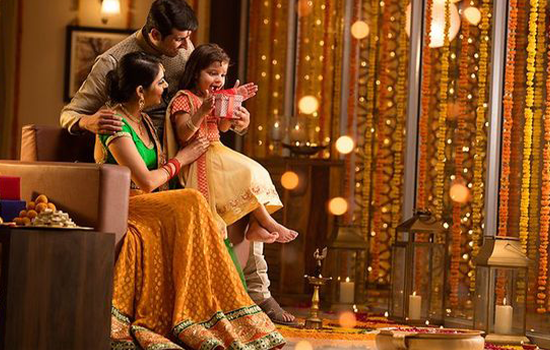
Shopping on Dhanteras
Dhanteras, the first day of the five-day Diwali celebration, is an auspicious day for shopping. Markets are bustling with people buying both everyday items and special purchases like silver coins, jewelry, and new utensils. It is a widespread belief that purchasing metal, particularly silver, on this day brings good luck and wealth. Many households also buy diyas (small clay lamps) and other decorations to prepare for the festival. Dhanteras is marked by the excitement of preparing for the main Diwali festivities, and the atmosphere in markets and homes is filled with joy and anticipation.
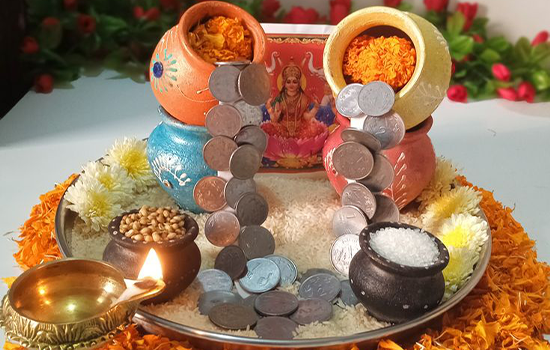
Lakshmi Puja
On the third day, which is the main day of Diwali, families perform Lakshmi Puja in the evening. The new moon marks this auspicious occasion, and homes are lit with diyas to guide Lakshmi into their homes. The Puja is a special ritual where devotees pray to Goddess Lakshmi for blessings of wealth, health, and prosperity. People offer prayers to Goddess Lakshmi for wealth, prosperity, and happiness. It’s believed that worshiping her on this day brings blessings for the coming year.
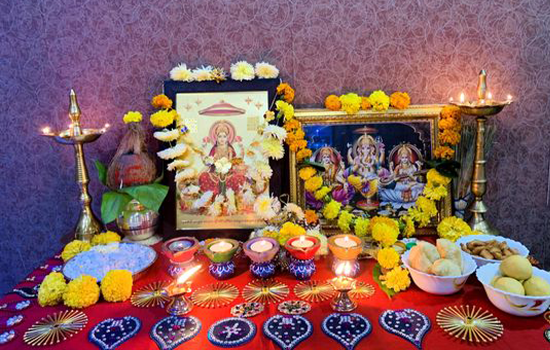
Lighting Diyas and Firecrackers
After Lakshmi Puja, families light diyas in every corner of their homes to drive away darkness and welcome light. Firecrackers are burst as part of the celebration to signify the destruction of evil forces. Lighting diyas and bursting crackers also serve to spread joy and mark the triumph of light over darkness.

Drawing Rangoli
Rangoli, the art of making intricate designs on the floor using colored powders, is a key ritual during Diwali. These designs are usually created near the entrance of homes as a symbol of welcoming Goddess Lakshmi. Common rangoli patterns include geometric shapes, flowers, and footprints, each with its own significance. For example, the lotus flower is often drawn because it is associated with Lakshmi and symbolizes fertility and wealth.
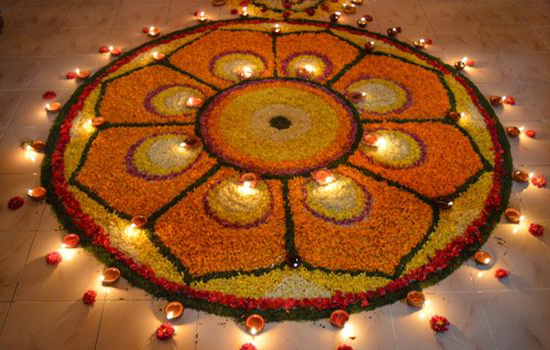
Celebrating Bhai Dhooj
The final day of Diwali, known as Bhai Dhooj, is dedicated to celebrating the bond between brothers and sisters. On this day, sisters perform a small ritual where they apply a tilak (a red mark) on their brothers' foreheads, praying for their long life and prosperity. In return, brothers give gifts to their sisters as a symbol of protection and appreciation.
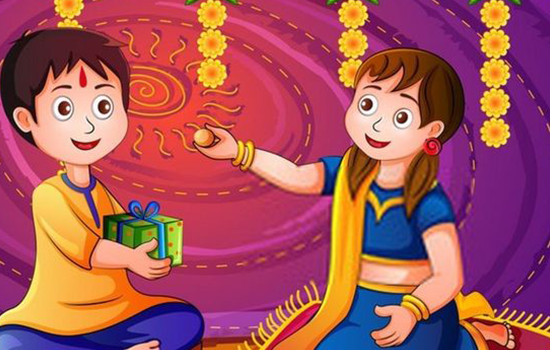
Exchanging Gifts and Sweets
During Diwali, families and friends exchange gifts, including sweets, clothes, and ornaments, as a gesture of goodwill and love. Sweets like laddoos, barfis, and kaju katli are exchanged as part of the celebration, spreading joy and happiness among loved ones.

Significance of Celebrating Diwali 2024
Diwali is the Festival of Lights, holds great importance because it celebrates the victory of good over evil, light over darkness, and knowledge over ignorance. It marks Lord Rama’s return to Ayodhya after defeating Ravana, and people worship Goddess Lakshmi for wealth and prosperity. Diwali also symbolizes new beginnings, family togetherness, and the hope for a brighter future. It is a time for spiritual reflection, sharing joy with loved ones, and giving to those in need.
Seven Mukhi Rudraksha for Diwali
Diwali is a festival of prosperity, light, and new beginnings. It's a time when people seek blessings for wealth, success, and the removal of obstacles. The Seven Mukhi Rudraksha is a perfect spiritual companion for this festive season. Representing Goddess Lakshmi, the deity of wealth and fortune, this sacred bead is known to attract financial stability and success. Wearing this powerful Rudraksha brings balance to your life, increases financial stability, and protects you from negative energies.
Benefits of Seven Mukhi Rudraksha
Attracts wealth, success, and financial stability.
Represents the blessings of Goddess Lakshmi.
Helps overcome challenges and negativity.
Provides peace of mind and emotional balance.
For over four generations, Everest Beads has been serving genuine Nepali Rudraksha directly from our farms, ensuring the highest quality and spiritual power. We are known for the authentic Rudraksha in Nepal, Everest Beads specializes in delivering pure, farm-sourced Rudraksha to devotees worldwide.
This Diwali, choose Everest Beads to bring the blessings of the Seven Mukhi Rudraksha into your life, and let it guide you to financial stability, success, and well-being.
